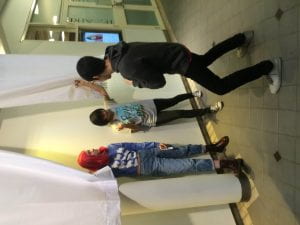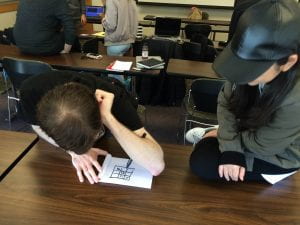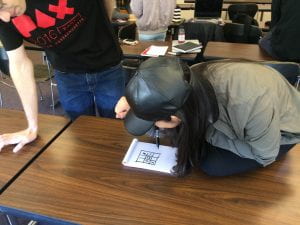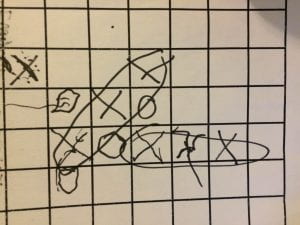Game Description:
This is a text-based narrating game, there are 2 players, player 1 first answer a series of questions, and his/her answer will be the only choices for player 2, who must fill in the blanks from sentences popping up on the screen, the “story” is about a person who is introducing himself.
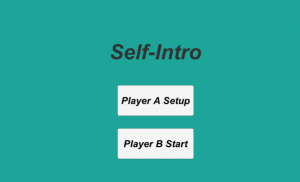

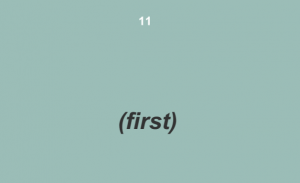
Artist Statement:
So the idea of this is that I want 2 players have 2 opposite feelings of the game, player 1, who is just answering the questions, will have free choices of answering all the questions, however for player 2, his only choices are provided by player 1, who just filled in those questions arbitrarily. (Note: player 1 won’t be told the fact that player 2’s choice was based on what player 1 filled, the game just asks player 1 to answer whatever he/she likes, and telling that will “help” player 2.)
More about the experience, I want the player 2 to feel that all the choices are totally dependent, frustration and struggle are what I am aiming for in this piece.
Inspiration & Iteration process:
Throughout the semester, I had been interrogating myself the same question again and again, that is, what is “experimental game”, well it seems easy to answer but I was struggled to find my own answer to this. I find it difficult for me to come out with an idea that can be approved by myself when I’m thinking of making a game just focuses on a certain aspect. For this project, at the beginning I started with the idea “I want to create a text-based game which player don’t make choices but write their own.” And apparently, it turns out someone had already done that before. But one thing I learned from that is I must make my goal more specific, more extreme, and with more strict design limitations, that is how I came out with this final version.
In the final version, I want player 2 to be frustrated and struggle to choose the word, additionally why I choose the story to be a self-introduction of a person is I think the answers player 1 answers, when they become choices for player 2 writing a self-introduction, it feels like player 1 is creating a “standard” for the character, I want to criticize the aspect that the standards created by other people may limits who you could became.
The first iteration was pretty frustrating for me because when I found out the ideas I came out had already been done, however I think it does happen a lot and it’s a good lesion for me, especially it gives me the chance to re-think about my ideas and make it more unique than before. It is also pretty much my overall learning experience/understanding throughout all 4 projects, that finding the way to make your idea expressive and unique.


